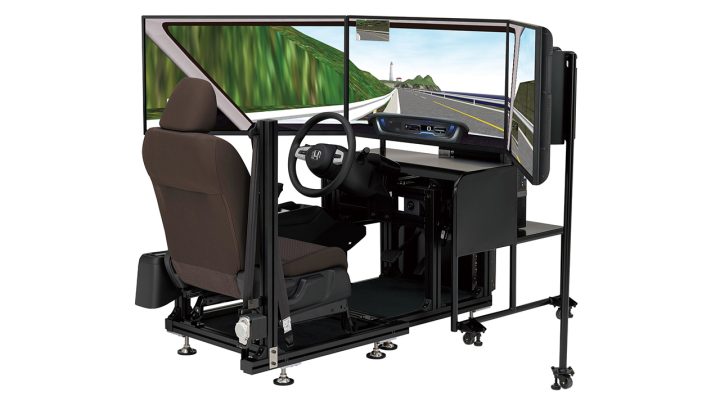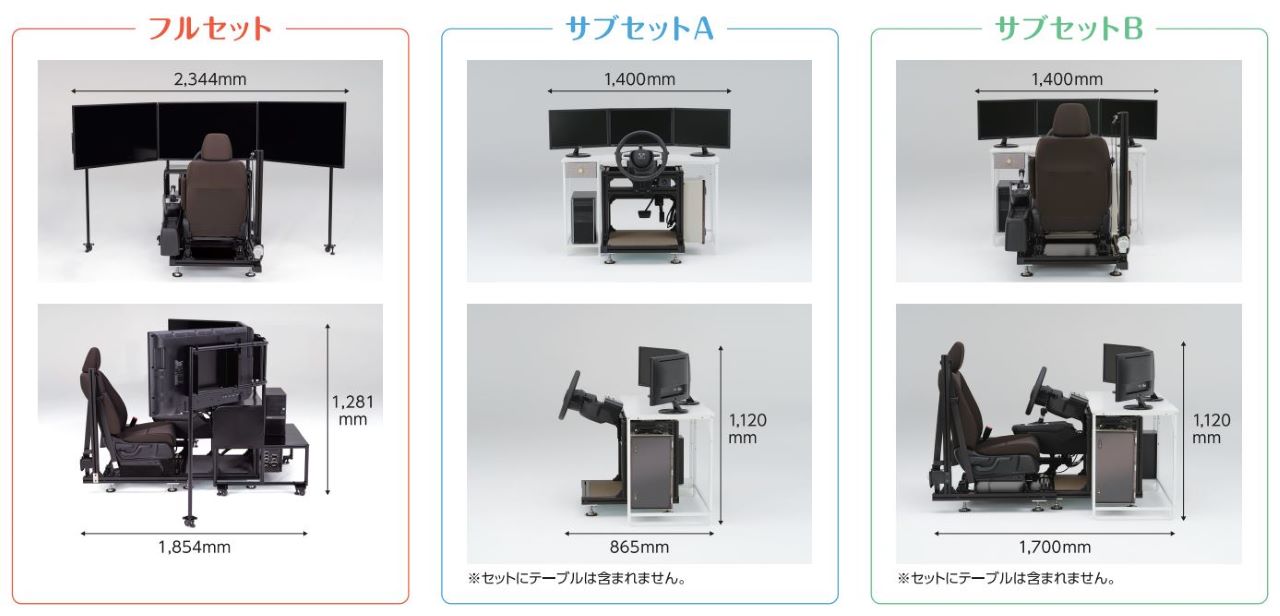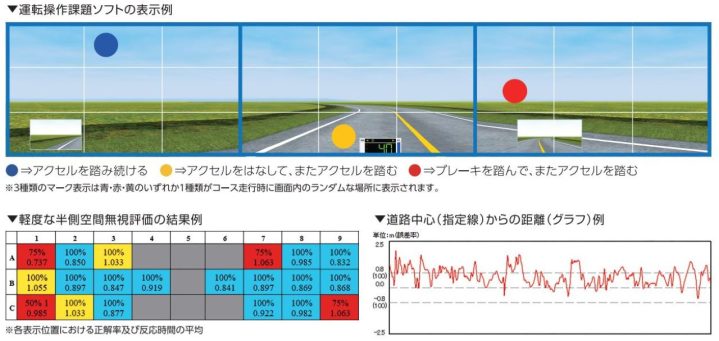
Do you remember when the LTO inaugurated its first Road Safety Interactive Center last year? Probably not, because there hasn’t been much news about it since. Pending its official opening to the public, perhaps the agency can look into adding to its already sufficient lineup of driving simulators. This one from Honda is being used in both licensing centers and medical facilities in Japan and other countries.
What value can the Honda simulator add to the LTO’s driving and medical exam efforts?

Photo: Honda
Named the Honda DB Model-A, this simulator is being used mainly by medical institutions. It aims to assess and evaluate the driving abilities of people undergoing rehabilitation treatment with the hopes of driving again. But it’s not limited to just that because since it was made in 2001, it has been used by driver’s license schools and research institutes in Japan and overseas and has been well received by students for its “extensive retrospective learning function… and operability with a driving feeling close to that of an actual car”.

Photo: Honda
The simulator comes with different tests and scenarios that range from driving reaction tests, driving operation tasks, danger prediction experience, comprehensive learning experience, and driving experience in different environments, most likely like that of the LTO’s simulators in their Center. But again, how does this up the value?
Let’s look at a more medical aspect, shall we? By performing operations corresponding to the marks displayed on the screen and quantifying the correct answer rate, the number of incorrect reactions, the average reaction time, and the gap between the road driving lane and the driving position, etc., it is then possible to support the detection of mild unilateral spatial neglect, a medical condition which was difficult to diagnose with conventional reaction testing software. That translates to the better positioning of drivers within their lanes to avoid possible collisions.
The entire rig and software – the Honda Safety Navi – has been upgraded and updated for 2023, and that should improve its calculations even more.

Photo: Honda
If you ask everyone, there is a lot of value in using this type of technology to ensure that drivers are indeed capable, and are of sound mind and body to take the wheel. The LTO is all about improving its systems and processes, right? Driving is a privilege, and those who might have figured into a medical condition but might want to drive again should be afforded the same privilege as long as they are deemed fit, correct?
A lot of people are waiting for the LTO to make an official announcement of its Road Safety Interactive Center’s opening. Until such time, we hope the agency is using the time in between to find and make ways to make the roads and people behind the wheel safe.


